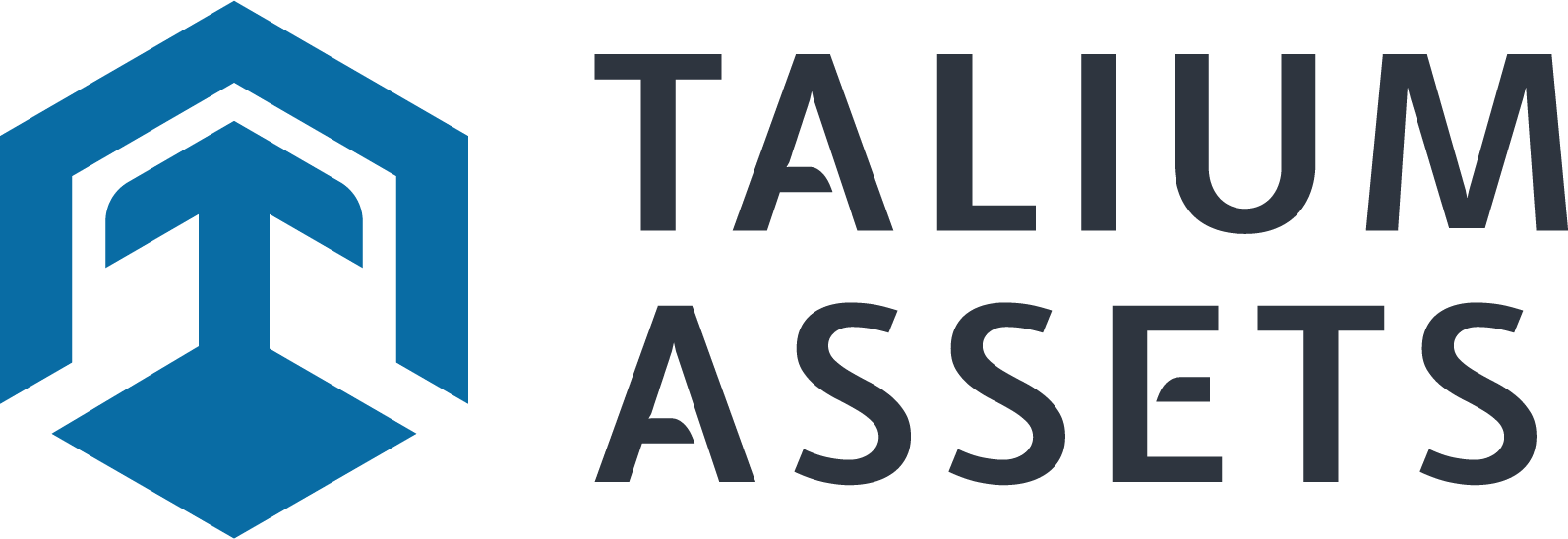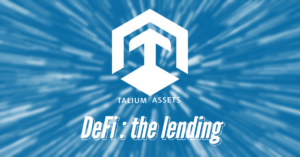From the tokenization of green energy certificates to their origin to the consumption by the end user, the blockchain has a very important role to play, and is increasingly known by the general public. Here are the main advantages.
Blockchain and tokenization
The blockchain is the oldest and best known distributed ledger technology, the first blockchain protocol being Bitcoin, on which the cryptocurrency of the same name lives. It is a database distributed simultaneously on several nodes (e.g. servers, computers) which, thanks to different consensus algorithms (one different algorithm per blockchain), agree on the new data to be added to the database. The data thus added are stored in blocks. The blocks follow one another and are chained to one another, hence the name blockchain. These blocks can neither be deleted nor modified, hence the non-repudiable feature of the blockchain. It is thanks to these characteristics that the blockchain can be used for the transfer of value; for example of cryptocurrencies or financial securities.
The blockchain is a DLT (Distributed Ledger Technology). The different technologies of the DLT family all have the same characteristics although the computer structure used is different. Throughout this article, I will use the term blockchain as a shorthand for all blockchain type technologies, the DLTs.
Tokenization is the action of digitizing a right/asset on a blockchain. To date, we can tokenize, among other things, currency (i.e. cryptocurrency or electronic money), financial securities (security tokens), certificates.
Tokenize green energy
Green energy certificates already exist without blockchain and without tokenization. However, in order to proceed with this certification, it is currently necessary to go through a third party. Indeed, when electricity is produced, it is impossible to know if it comes from a photovoltaic panel, a wind turbine or other green energy production. The electron produced is no different. Therefore, in order to prove that this electron comes from a renewable energy, a certification body must come and attest its origin.
Thanks to tokenization, a certificate (tokenized) can be created to guarantee the origin of the energy produced. The certificates are generated from the box connected for example to the photovoltaic panel. They are then directly registered on the blockchain, so the data cannot be altered.
Thus, the certificates can be sold in order to promote the production of green energy, without going through the certification bodies, and thus avoid costs.
For example, Ledger is working on an equivalent project with Engie. Solar Coin also certifies the origin of photovoltaic energy and serves as a currency of exchange at Ekwateur.
Tracking energy
The fact that the blockchain allows for excellent data traceability (non-repudiable) is a very interesting feature for many fields and especially for the energy one. As mentioned in our article on the advantages of tokenization in sustainable finance, tracing carbon quotas would avoid the fraud that we have experienced with this type of initiative.
Currently, green certificates, which we just mentioned, are traded on markets, which allows some companies to become “green”. This has a positive effect on the demand for green energy, but also tends to encourage greenwashing.
Tokenized green certificates can include several pieces of information: the type of renewable energy used, by which device exactly, its place of production… This has the effect of reducing the risks of greenwashing.
Decentralize production to promote short circuits
Decentralization is also one of the biggest features of blockchain technology. It could even lead to the decentralization of energy production. Take the example of the project set up by Sunchain in Prémian in 2017 (34) where green energy producers and consumers are connected. The blockchain technology (whose architecture was created by Talium), allows to certify the transactions and thus promote collective self-consumption. This corresponds to increasingly important needs in consumption and in which energy producers have a role to play: to move from a role of central operator to that of a companion of an energy revolution.
Sunchain has since set up other projects and aims to prepare the future of digital energy.
Pay what you owe
Paying exactly for the electricity used to charge an electric vehicle is an area being explored by various companies. Since 2016, several initiatives have proposed projects in this direction: Blockcharge, OSLO2ROME, Mobilichain, a POC in collaboration with IOTA (not an exhaustive list).
The main issue being to be able to charge one’s vehicle on any terminal without having to create an account on all different providers, which is the case now.
This allows the consumer to use the cheapest supplier of the place/time, to have an exact calculation of the electricity used. In a company, this allows an employee to be reimbursed for the costs incurred.
Coupled with the energy certificates and their traceability, this gives the consumer the possibility to choose green energy to recharge his vehicle, if he wishes.
It is therefore more power given to the user while simplifying the process, which ultimately promotes the use of electric vehicles.
In conclusion
The blockchain applied to the world of energy is certainly the most mainstream use case, after cryptocurrency, but also the most interesting. During my researches in order to deal with this topic I could see that there were many existing articles on the subject, and from very different sources. This is a very positive and encouraging point. The blockchain has the wind in its sails and is already revolutionizing the present and the future, but rest assured, there is still time to jump on the bandwagon.
You are an energy supplier or reseller and want to tokenize your certificates?
Do you have a blockchain project?
Resources and supplements:
Full report on the application of blockchain in energy (FR):
https://www.techniques-ingenieur.fr/actualite/articles/energie-la-blockchain-solution-miracle-67040/
PWC Blockchain and Energy Report (FR):



